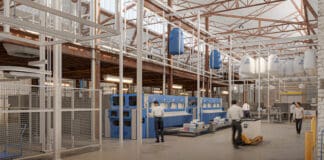By Jason Bird
With the recent transition back to physical classrooms after experiencing remote learning, educators and designers are reassessing their strategies for creating productive and inclusive learning environments. A potential solution lies in leveraging the benefits of acoustic products. According to research conducted by the University of Oldenburg, Catholic University of Eichstätt-Ingolstadt, and TU Kaiserslautern, poor acoustic environments have a negative impact on performance and relationships with peers and facilitators for both children and adults. By effectively managing noise levels, acoustic solutions can enhance communication, increase productivity, and improve student and teacher success. Strategically implementing cost-effective solutions, such as acoustic products, can make a demonstrable impact in creating optimal learning environments.
How Can Acoustic Solutions Help?
Noise pollution, often overlooked, plays a pivotal role in students’ ability to concentrate, engage, and absorb information. A study-focused environment isn’t just about having adequately designed spaces but also about ensuring auditory comfort. While it’s essential for students to have lively discussions and interactions, constant background noise serves as a detriment to their learning capabilities.
The design and construction of educational facilities significantly influence students’ psychological state, impacting how they receive and retain knowledge. By reducing noise clutter, designers and educators can improve concentration, mitigate stress levels, and promote clear minds.

Acoustic products, like acoustic lighting, are thoughtfully engineered to combat disruptive noise. Their ability to reduce ambient noise, especially in open spaces that often reverberate sound, is conclusive. In collaborative workspaces, classrooms, and other educational settings, introducing acoustic products can diminish ambient noise by an impressive 40%. Incorporating acoustic solutions can foster an environment conducive to both teaching and learning. It can ensure that verbal communications are clear, that teachers don’t have to constantly raise their voices, and that students can listen and interact without the added stress of noise pollution.
ESG And HVAC: Improving K-12 Schools
Facility managers at K-12 schools can create a better indoor experience through system efficiency and clean air. Read more…
An Inclusive Solution For All Students
Beyond the universal benefits of an acoustically balanced environment, acoustic solutions can deliver a more profound layer of impact: inclusivity. An inclusive learning environment recognizes and addresses the diverse needs of all its occupants. Among these are students with sensory challenges or are neurodiverse who often have heightened sensitivities to sound. For these students, large open spaces, like cafeterias or gymnasiums, or echoey educational buildings can provide a greater challenge. By introducing acoustic solutions, institutions are not just enhancing the learning experience for the majority but are taking a step further to ensure that every student, regardless of their sensory needs, feels comfortable and included in an optimal work environment. Acoustic products become tools of empowerment, ensuring every student has an equal opportunity to thrive in their educational journey.
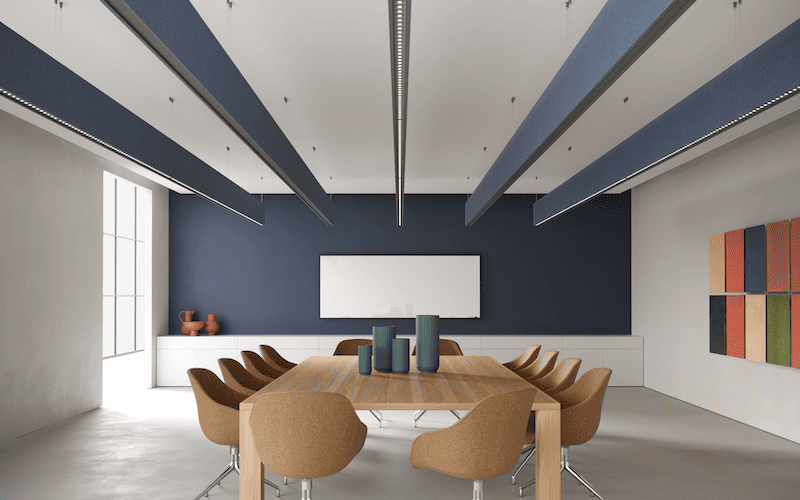
As educational spaces evolve, it’s paramount to consider every aspect of the learning environment. Acoustic solutions, while they may not be top of mind when it comes to designing educational spaces, have emerged as vital tools in creating environments where every student can succeed. They go beyond just being noise-reducing elements, acting as bridges that connect the needs of students and promote an inclusive, comprehensive, and successful learning experience. Therefore, acoustic products play a pivotal role in mitigating noise disturbances and creating a more conducive atmosphere for both students and teachers.
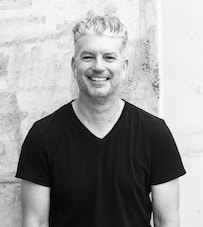 Jason Bird B.APP.SC-BE, Grad Dip. ID (Dist), FDIA is the Founder & Creative/Managing Director at Luxxbox. He founded the studio in 2006, designing and manufacturing furniture, lighting and objects for both commercial and domestic use. With a long and varied career, accolades and exhibitions in Los Angeles, London, New York, Tokyo and Australia, Jason’s skills are channeled into Luxxbox’s unique aesthetic version of urban design.
Jason Bird B.APP.SC-BE, Grad Dip. ID (Dist), FDIA is the Founder & Creative/Managing Director at Luxxbox. He founded the studio in 2006, designing and manufacturing furniture, lighting and objects for both commercial and domestic use. With a long and varied career, accolades and exhibitions in Los Angeles, London, New York, Tokyo and Australia, Jason’s skills are channeled into Luxxbox’s unique aesthetic version of urban design.
His career launched in architectural lighting in Australia before relocating to the U.S., designing for several major U.S. manufacturers. Returning home to his own practice he focused on designs embodying a visual display of strength which explore negative space. Using unconventional materials, industrial finishes, colors and production techniques they push boundaries to make a unique style statement. Jason’s intimate knowledge of lighting design and manufacture have also seen him receive international awards for his large-scale public and custom lighting installations. His company Luxxbox has become a major manufacturer exporting his designs throughout Asia, Europe and North America.


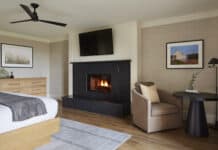


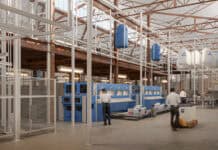
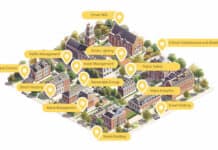
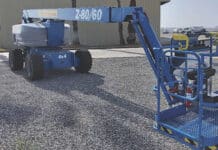
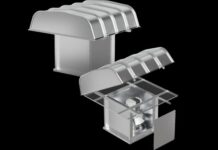


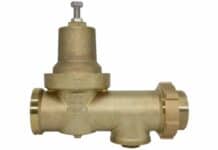



 ESG And HVAC: Improving K-12 Schools
ESG And HVAC: Improving K-12 Schools




![[VIDEO] Job Order Contracting: Accelerating the Projects that Matter](https://facilityexecutivemagazine.kinsta.cloud/wp-content/uploads/2024/05/maxresdefault-324x160.jpg)
